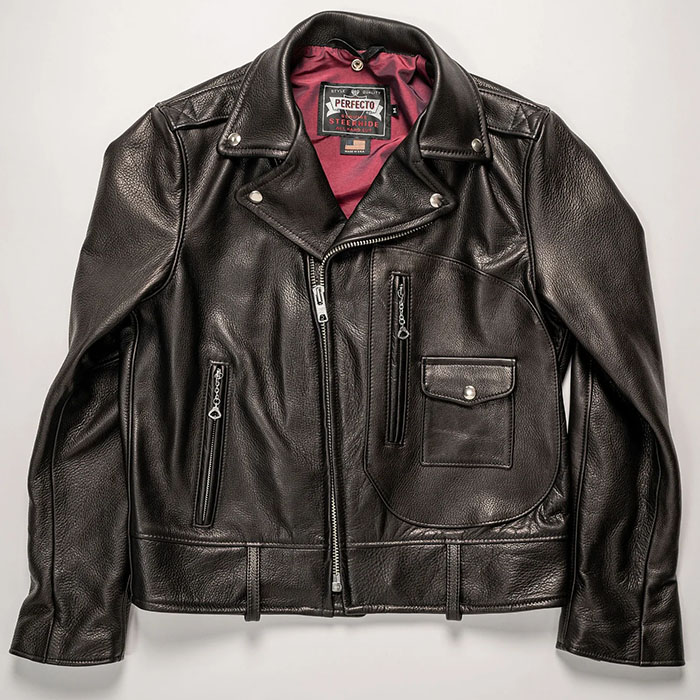Julian Shellhammer
Practically Family
- Messages
- 908
Rambling across the filmic spectrum, a hurried rehash of movie watching, here at the small house half-way up in the next block-
Cairo (1942), with Jeanette MacDonald, Robert Young, Ethel Waters, and a great many familiar faces. Directed by W. S. (One Shot Woody) Van Dyke; in the opening credits he is billed as Maj. W. S. Van Dyke. Small-town reporter Young is sent to get "the small town take" on the war. Torpedoed and cast ashore on the Egyptian coast, he becomes entangled with spies and singer MacDonald. Semi-rube that he is, he gets bad spies and good spies all-to-pieces confounded. MacDonald sings several operatic numbers, and Waters gets to sing a peppy number. Dooley Wilson, who played piano in Rick's Cafe Americain, shows up as a burnoose-wearing local who hails from LA. Look, the movie plays as if Preston Sturges wanted to make a Red Skelton movie, or if Red Skelton wanted to make a Preston Sturges movie. Buy your ticket and let yourself forget there's a global war going on.
The Steel Trap (1952), an Andrew l. Stone-helmed picture about bank embezzlement, and what crime does to regular folks. Joseph Cotton, husband to Teresa Wright and father of their daughter, falls prey to ennui and decides to steal a million dollars from the bank where he works. The heist is the first part of the story, and the bulk of the movie shows us their plan to flee the country. I won't spoil the ending, but you've got to watch to the very end to get through multiple twists and turns.
Blood on the Moon (1948) with Robert Mitchum, Barbara Bel Geddes, Robert Preston, Walter Brennan, and others. Noir western, or western noir? Director Robert Wise shoots about half the movie at night or indoors, with actors walking or riding out of the india-ink-iest shadows into geometric patches of light. Robert Preston's devious cowboy talks like Harold Hill but he's much more dangerous. Gorgeous exteriors, ascribed to Arizona but looking like John Ford's Utah, and solid acting. The fist-fight between Mitchum and Preston is one of the most brutal ever depicted in a Golden Age movie. Mitchum gets involved in a large-scale scam to cheat a local cattle rancher out of his business. Will he ignore his conscience, or will he step up and do the right thing? As he sorts things out, enjoy the visuals, the cowpoke lingo, and great big cowboy hats.
Cairo (1942), with Jeanette MacDonald, Robert Young, Ethel Waters, and a great many familiar faces. Directed by W. S. (One Shot Woody) Van Dyke; in the opening credits he is billed as Maj. W. S. Van Dyke. Small-town reporter Young is sent to get "the small town take" on the war. Torpedoed and cast ashore on the Egyptian coast, he becomes entangled with spies and singer MacDonald. Semi-rube that he is, he gets bad spies and good spies all-to-pieces confounded. MacDonald sings several operatic numbers, and Waters gets to sing a peppy number. Dooley Wilson, who played piano in Rick's Cafe Americain, shows up as a burnoose-wearing local who hails from LA. Look, the movie plays as if Preston Sturges wanted to make a Red Skelton movie, or if Red Skelton wanted to make a Preston Sturges movie. Buy your ticket and let yourself forget there's a global war going on.
The Steel Trap (1952), an Andrew l. Stone-helmed picture about bank embezzlement, and what crime does to regular folks. Joseph Cotton, husband to Teresa Wright and father of their daughter, falls prey to ennui and decides to steal a million dollars from the bank where he works. The heist is the first part of the story, and the bulk of the movie shows us their plan to flee the country. I won't spoil the ending, but you've got to watch to the very end to get through multiple twists and turns.
Blood on the Moon (1948) with Robert Mitchum, Barbara Bel Geddes, Robert Preston, Walter Brennan, and others. Noir western, or western noir? Director Robert Wise shoots about half the movie at night or indoors, with actors walking or riding out of the india-ink-iest shadows into geometric patches of light. Robert Preston's devious cowboy talks like Harold Hill but he's much more dangerous. Gorgeous exteriors, ascribed to Arizona but looking like John Ford's Utah, and solid acting. The fist-fight between Mitchum and Preston is one of the most brutal ever depicted in a Golden Age movie. Mitchum gets involved in a large-scale scam to cheat a local cattle rancher out of his business. Will he ignore his conscience, or will he step up and do the right thing? As he sorts things out, enjoy the visuals, the cowpoke lingo, and great big cowboy hats.




